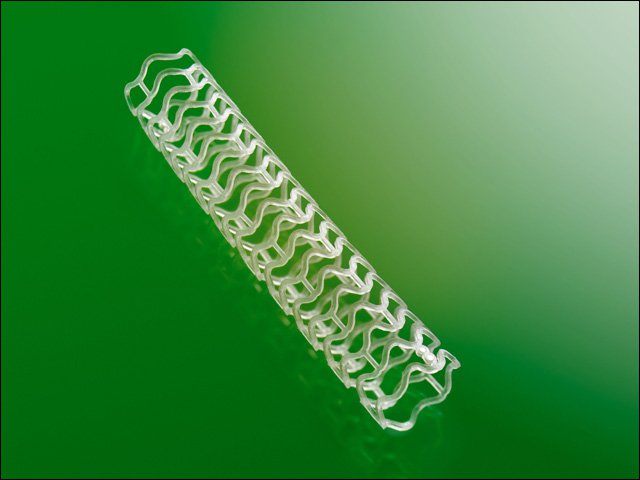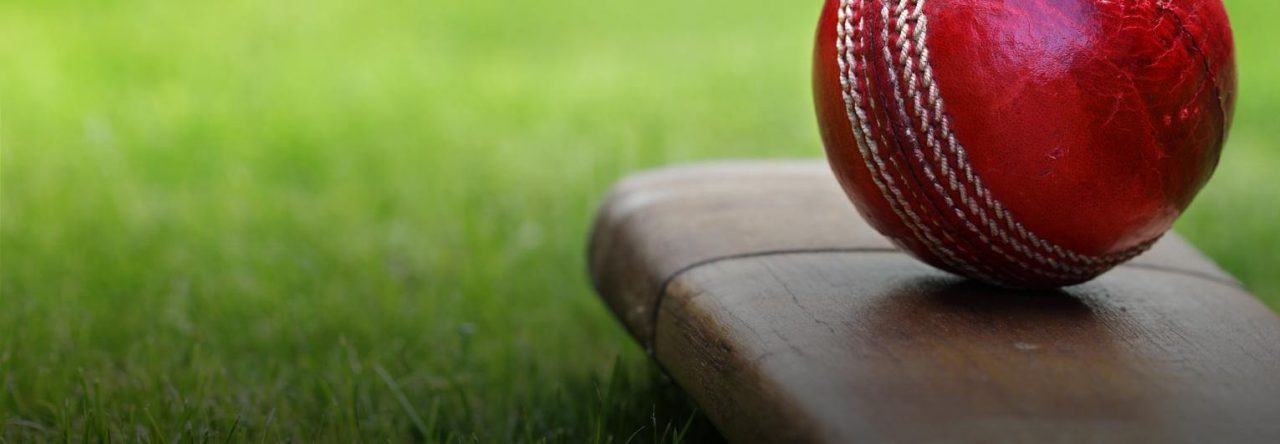Bioresorbable medical device material compounding is a process that allows the manufacturer of biodegradable medical devices to combine multiple types of bioresorbable materials into a single treatment delivery system. This type of compounding can improve the effectiveness and durability of these devices.
There are many types of bioresorbable medical material compounding parts, each with its own advantages. Many of these materials are made from natural substances, such as plant or animal cells, which can be processed into a variety of shapes and sizes for use in medical devices.

Image Source: Google
Some common types of bioresorbable medical device material include:
1. Polylactic acid (PLA) is a type of bioresorbable plastic that is made from renewable resources, such as sugarcane or cornstarch. PLA is strong and durable but can be recycled multiple times without forming toxic byproducts.
2. Polyglycolic acid (PGA) is another type of bioresorbable plastic that is made from renewable resources. PGA is softer than PLA but is also more flexible and less likely to form unwanted creases or wrinkles after being inserted into the body.
3. Polydioxanone (PDS) is a type of biodegradable polymer that consists of two molecules of Dioxanone joined together by an organic linker molecule. PDS has multiple benefits, including being strong and flexible yet also being able to degrade in a relatively short period of time.
4. Chitosan is another type of biodegradable polymer that is derived from the chitin found in crustaceans and other marine animals.
